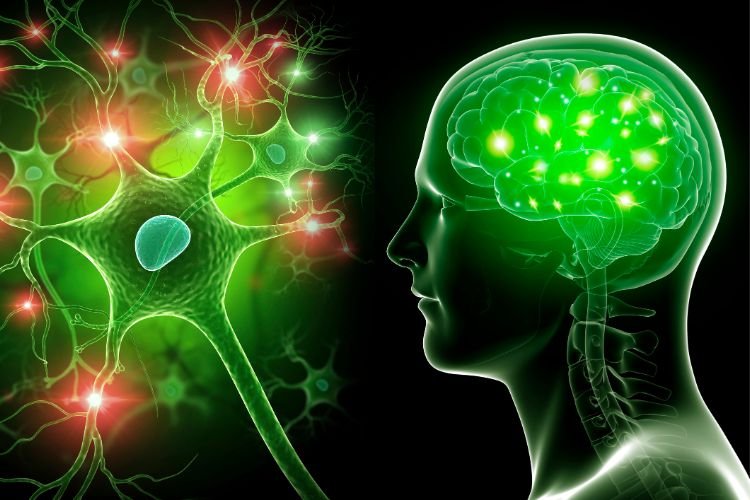Dealing with Sensitivity to Light and Sound Post-Concussion: The Chiropractic Approach
For many recovering from a concussion, sensitivity to light and sound can be overwhelming and debilitating, complicating the path to normalcy.
While these sensory sensitivities are often overlooked, they're crucial to address for a full recovery. Dr. Amanthi Demuth, based in Sartell, MN, offers a chiropractic perspective that could shed light on effective management strategies.
The Sensory Aftermath of a Concussion
Post-concussion, individuals might experience:
Photophobia: An intense sensitivity to light, leading to discomfort or pain.
Phonophobia: A heightened sensitivity to sound, which can be equally distressing.
These symptoms can significantly affect daily life, limiting the ability to work, socialize, and engage in regular activities.
Understanding the Chiropractic Connection
The upper cervical region of the spine plays a pivotal role in neurological health. Misalignments in this area, especially after a concussion, can contribute to sensory processing issues.
How Does Chiropractic Care Come Into Play?
Restoring Alignment: Precise adjustments can help realign the cervical spine, potentially reducing neurological irritations that contribute to sensory sensitivities.
Enhancing Nervous System Function: Proper alignment can improve the overall function of the nervous system, which is vital in sensory processing and adaptation.
Reducing Secondary Symptoms: Alleviating related symptoms, like headaches, can indirectly lessen light and sound sensitivities.
Dr. Amanthi Demuth’s Holistic Approach
In her practice, Dr. Demuth doesn’t just focus on spinal adjustments. Her approach encompasses:
Comprehensive Evaluations: Understanding the full impact of the concussion on the patient’s health.
Lifestyle Modifications: Suggestions on environmental modifications to reduce exposure to triggers.
Stress Management Techniques: Stress can exacerbate sensitivity symptoms, and managing it is a key component of the treatment plan.
Empirical Support and Patient Feedback
While research into chiropractic care for post-concussion symptoms is evolving, anecdotal evidence and case studies have shown promising results.
Patients often report a decrease in their sensitivity to light and sound following chiropractic treatment, alongside other post-concussion symptoms.
Integrating Chiropractic Care into Your Recovery Plan
If you’re struggling with light and sound sensitivity post-concussion, consider adding chiropractic care to your recovery regimen. It’s a non-invasive approach that complements other medical treatments and rehabilitation therapies.
Note for the Reader: This article aims to inform and empower. However, individual medical conditions require personalized attention. Always consult with healthcare professionals, such as Dr. Demuth, for an approach tailored to your specific needs.
Taking the Next Step
Ready to explore how chiropractic care can aid your post-concussion recovery? Dr. Amanthi Demuth’s clinic in Sartell, MN, is a resource for those seeking relief from the challenging symptoms of a concussion.
Contact us to learn more about how we can help you on your journey to recovery.






